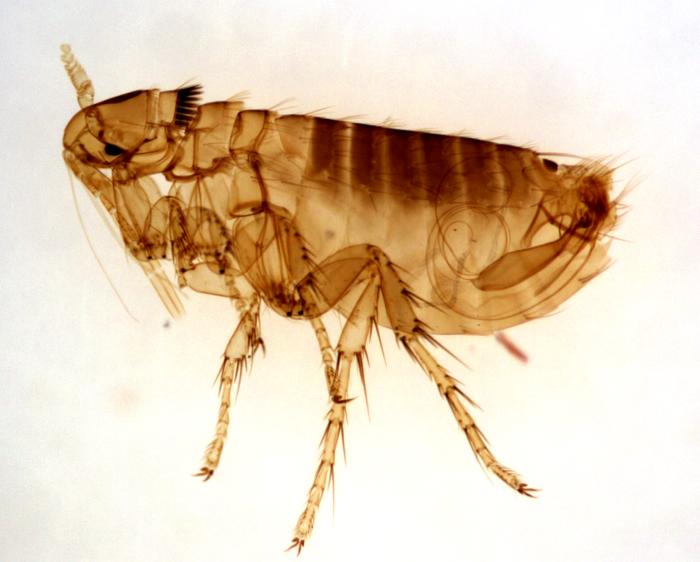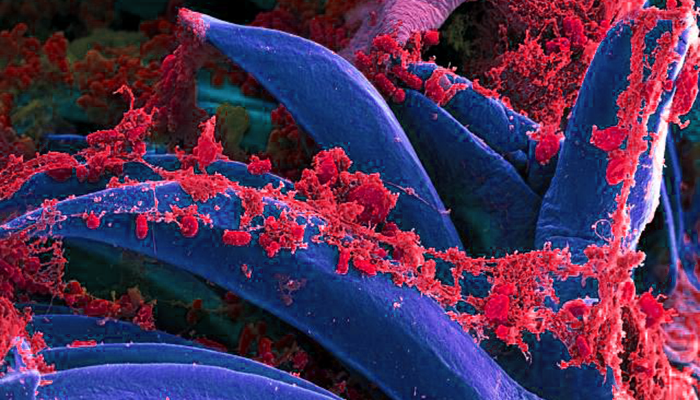A modeling study published last month in the Proceedings of the National Academies of Science suggests that human fleas and body lice–rather than rodents–may have caused a string of historical plague outbreaks in Europe that included the Black Death.
Plague can be caused by the inhalation of aerosolized forms of the bacterium Yersinia pestis (pneumonic plague) or by the bite of rodent-borne fleas infected with the bacterium (bubonic plague). The mode of plague transmission during pre-Industrial Europe’s Second Pandemic, which occurred between the 14th and 19th centuries and included the Black Death, remains unestablished, though previous studies have suggested that either rodents or direct human-to-human transmission through ectoparasites such as human fleas (Pulex irritans) and body lice (Pediculus humanus) may have played a role.

Nils Stenseth and colleagues from the Centre for Ecological and Evolutionary Synthesis in Norway used publicly available mortality data for nine plague outbreaks spanning the duration and geographic spread of the Second Pandemic to develop models for the pneumonic, rat-borne, and human ectoparasite transmission routes. In seven out of nine regions studied, the human ectoparasite model better reflected mortality patterns than the two other models, suggesting that the spread of plague during the Second Pandemic may be largely ascribed to human fleas and body lice, rather than airborne or rat-borne transmission, as previously suggested.
Although direct ectoparasite-mediated transmission of plague bacteria between humans has not been demonstrated, the findings underscore the feasibility of the route and might explain some of the differences in epidemiological characteristics between the Second Pandemic and later rodent-borne plague outbreaks, according to the authors.
Read more: Human ectoparasites and the spread of plague in Europe during the Second Pandemic.
Editor also recommends:
- Early Insights from Madagascar’s Plague Outbreak: Lessons Learned from Ebola?
- FDA Grants Orphan Drug Designation for Plague Vaccine
- UTMB Researchers Develop Candidate Vaccines Against the Plague
- DoD to Study Omadacycline as Countermeasure for Plague, Anthrax
- Centuries Later, Black Death Offers Clues to Combat Diseases
- Black Death Shaped Mortality Patterns for Generations after Epidemic



